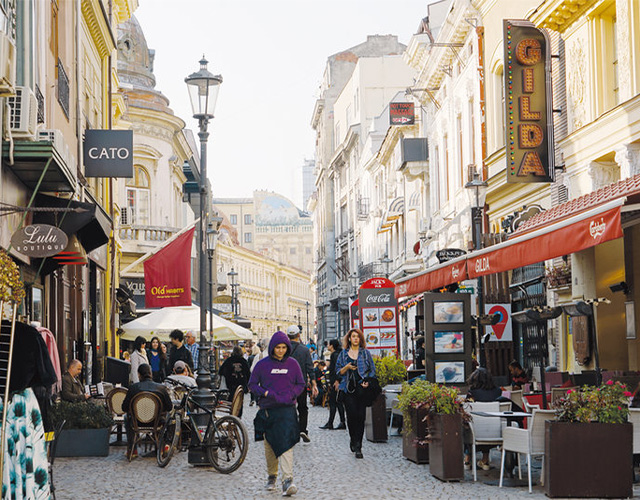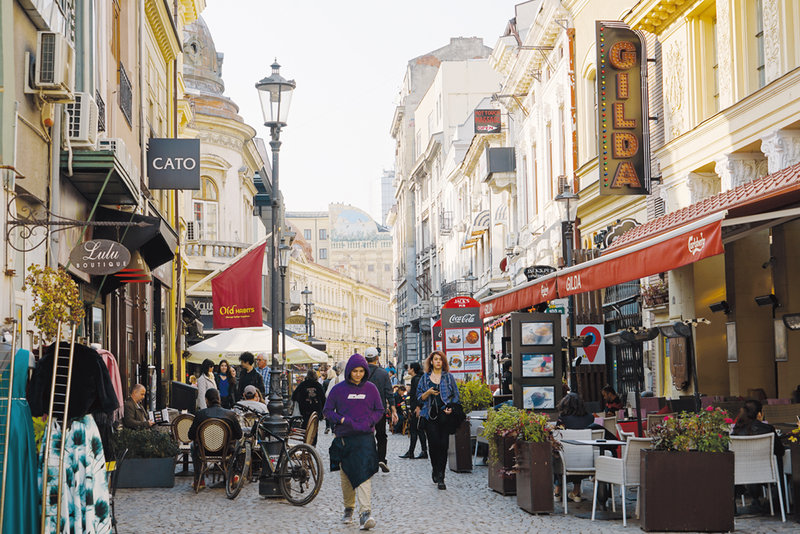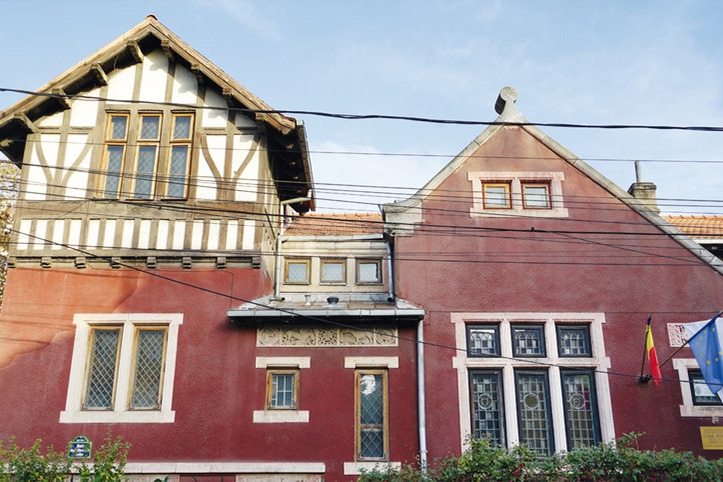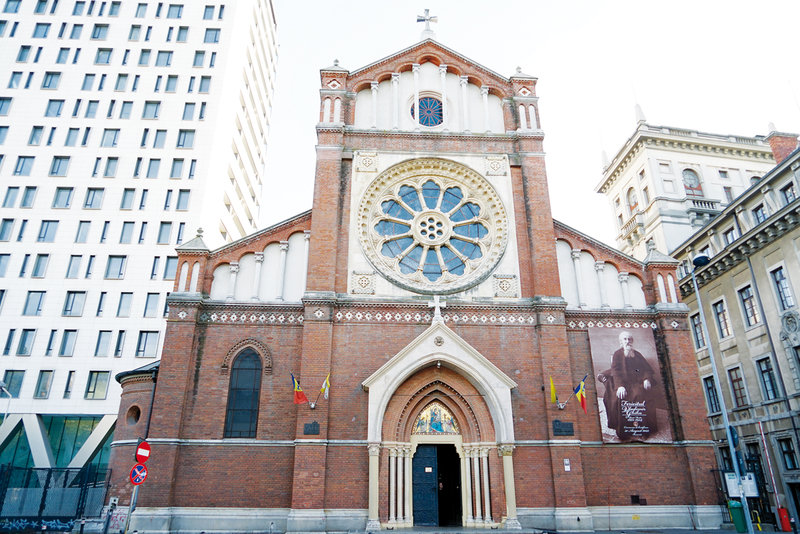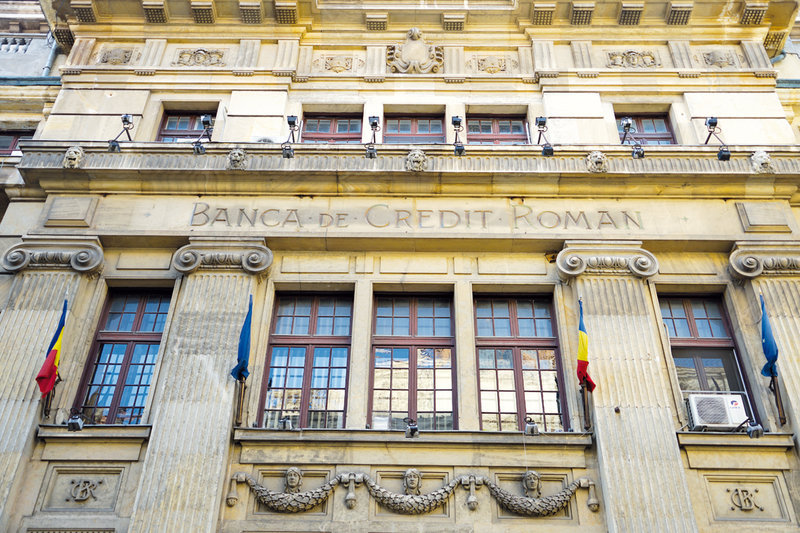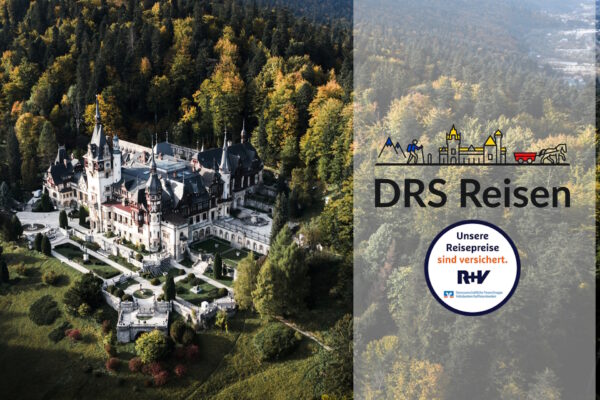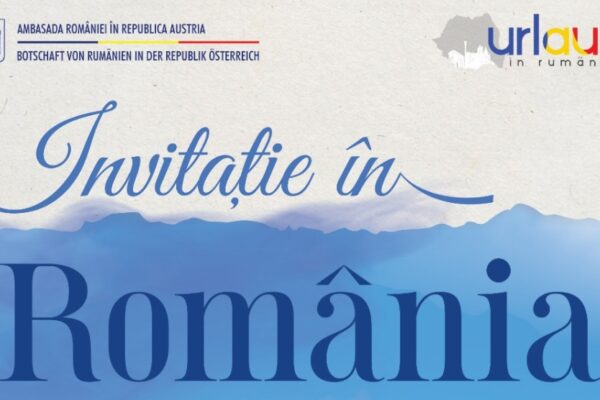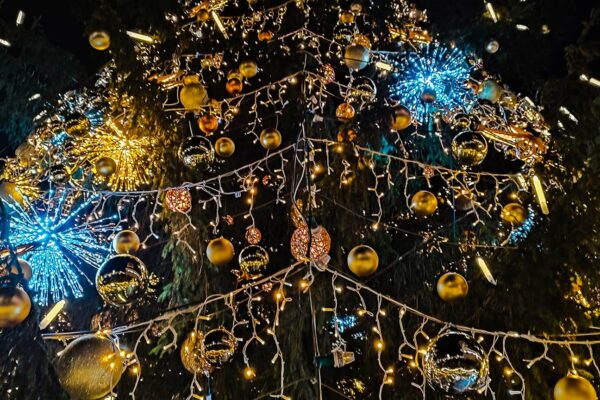
A unique nature and kayaking experience in Romania | Danube Delta
11 November 2023
Romanian Museum / Archive of the Past in Bucharest
17 November 2023In search of the German Bucharest
Little Paris my arse: Bucharest owes a large part of its parks to German architects. King Charles I called in German garden designers for the first parks – the Cișmigiu, King Michael I Park and the Botanical Gardens, which were originally located in the city centre. The first professor of sculpture, Karl Storck, was an immigrant from Hanau. His sons Frederic and Carol also left their mark. The Bucharest market in the centre was heavily influenced by trade with Leipzig from the 16th to the 19th century. The first beer manufacturer, Wilhelm Höflich, came from Oppeln in Silesia and was naturalised here under his nickname “Oppler”. His fiercest competitor, the Bavarian brewer Erhard Luther, later became purveyor to the royal court. Yes, even the Romanian royal dynasty has German roots: Charles I and Ferdinand I came from the House of Hohenzollern-Sigmaringen.
Today, however, you almost have to look for the German influence on the cityscape with a magnifying glass. Earthquakes, re-planning, modernisation and the ravages of time are to blame. The tour in the footsteps of German Bucharest is therefore not a marathon of architectural splendour – but rather a search for stories entwined around historical sites and figures, an appetiser for connoisseurs and gourmets…
Time moves differently in Bucharest
Hardly any other part of the city has changed its face in recent years as much as the old city centre. Around 2000, it was still characterised by dusty antique shops, antiquarian bookshops, bridal fashion shops, a glass-blowing workshop for people to watch and shops selling enchanting handmade glassware – which, however, lowered their shutters in the evening and left the streets lonely and empty in the dark. Today, the centre is buzzing with tourist life. Bars, clubs, restaurants, international hotels, exquisite tea shops and costume jewellery shops populate the streets. The best known are Lipscani and Smârdan. Until 1878, the latter was called “Ulița Nemțească” – German alley. The former, on the other hand, takes its name from the so-called “lipscanie”, the wholesale trade in goods from Leipzig. Lipscani streets are therefore not only found in Bucharest, but also in Craiova, Slatina, Caracal and Râmnicu Vâlcea, for example.
How did the intensive commercial relationship between Leipzig and Bucharest begin? In the Bucharest City Museum’s magazine, “București in 5 Minute” (April 2018), museum director Adrian Majuru tells the story of the two traders who moved away from their respective hometowns at the same time. The Wallachian’s destination was the market in Leipzig. The Saxon from Leipzig, a watchmaker, travelled in the opposite direction. He wanted to sell his wares in Bucharest and establish his trade permanently at the trading centre between the Orient and the Occident. Once there, however, he discovered that the clocks in the Balkans worked differently… There was plenty of time in Wallachia – nobody was interested in the strange precision mechanisms. On the verge of despair, he met the caravan of the Wallachian who had just returned from Leipzig. The latter complained to him about the reverse problem: because the traders from Wallachia had no clocks, they had missed the Leipzig market. So they became the German’s first customers – and he became Bucharest’s first watchmaker.
Commerce between the two cities developed into a new form of trade, the “lipscanie”. In the 18th century, several routes led to Leipzig: one from Bucharest along the Danube via Vienna; one northwards through Prague and Saxony; one from Kronstadt/Brașov via Transylvania and Hungary, one via the Carpathians via Krakow and Breslau through Silesia and one from the north of Moldova via Ruthenia.
In the 19th century, the entire economic life in Bucharest was characterised by Germans. German immigrants were traders, glaziers, blacksmiths, printers, butchers, locksmiths, carpenters, sculptors, painters and there was even a homeopath in Bucharest. The business newspaper “România Economic˛” was published bilingually, in German and Romanian. Excavations in Lipscani Street brought to light the ruins of a “Berliner Bankgesellschaft” (1910-1930).
German architecture
The nickname “Little Paris” is unjustified, says architect Adrian Crăciunescu. On the contrary, Bucharest is characterised by German master builders, as a flood of documents proves (ADZ from 21 November 2014: “Why Bucharest is different”). The French capital was only an administrative model.
In our search for German architecture, we come across the imposing building of the Romanian Credit Bank at Strada Stavropoleos 6-8, built by Oskar Maugsch. The architect, who was born in Jassy/Iași in 1857, studied in Dresden and became a Romanian citizen in 1894, also built the Banca de Scont (1903) at the intersection of Lipscani and E. Carada, the BCR Palace (1911-1913) and the Insurance Palace (1907-1914) on University Square, the villas of Elena G. Cantacuzino (1899) and the director of the Central Girls’ School (1894), both on Strada Polona (arhivadearhitectura.ro).
The Suțu Palace (1833-1835), home to the Bucharest City Museum, was designed by the Viennese architects Conrad Schwink and Johann Veit. The “Theodor Aman” Museum (1868) at Strada Rosetti 6 was designed by the German architect Franz Schiller and the exterior decoration was created by Karl Storck.
“Charles of Wallachia”
Another name inextricably linked to Bucharest is Carol Benisch, born Karl Franz Böhnisch in 1822 in what is now the Czech Republic. In 1840, the almost 25-year-old was summoned to Wallachia by Prince Nicolae Bibescu-Brâncoveanu. He was to help the Swiss Johann Schlatter with the restoration of the monasteries of Arnota, Tismana, Horezu and Bistrița in Olten. In 1865, he became chief architect of Bucharest, where he worked for a total of 50 years and founded the first association of architects in Romania. Benisch was honoured by the Vatican with the nickname “Carol Vallaquiensi” – “Charles of Wallachia” – for completing the construction of the Catholic Cathedral of St. Joseph (Strada Gen. H. M. Berthelot 19), which was begun by Friedrich Schmidt and interrupted by the War of Independence.
The Storck family of artists
Karl Storck from Hanau came to Bucharest in 1849 as an engraver and silversmith, where he worked for the jeweller Josef Resch. He soon became interested in stucco art and spent three years in Munich training specifically for this. From then on, he made busts and other sculptures and was eventually appointed as the first professor of sculpture at the School of Fine Arts, which had been founded by his friend, the painter Theodor Aman.
Some of Storck’s works can be seen in the museum “Frederic Storck and Cecilia Cuțescu Storck” (Strada Vasile Alecsandri 16), the former residence of his son Frederic. Others adorn the capital: the Carrara marble statue by Mihai Cantacuzino in front of the Colțea Hospital, the doctor Carol Davila in bronze in front of the University of Medicine and Pharmacology. His sons Frederic (Fritz) and Carol also became renowned sculptors.
The little-known architect Johann Storck, who designed Frederic and Cecilia Storck’s half-timbered villa in 1911, stands in their shadow. The friezes with zoomorphic and vegetal motifs on the façade were created by Frederic Storck, while the sculptures and murals inside were realised by Frederic and Cecilia. In addition to the couple’s art collection, the exhibition also shows works by all the Storcks. Frederic’s best-known works include portraits of King Charles I and his wife Elisabeth, the statue of “Truth” in the Bucharest Palace of Justice, the tomb monuments of his father (bust) and brother in the Protestant cemetery, and one of the giants from the “Grotto of the Giants” ensemble (1906) in Carol I Park.
Today’s places of the Germans
The “Friedrich Schiller” cultural centre at 15 Batiștei Street offers a slice of contemporary German Bucharest, hosting not only German courses but also events on the German language and culture. The façade is crumbling on the outside, but the interior of the villa is impressive with its elaborate stucco, magnificent tiled stoves, huge mirrors and coffered ceilings. Carol Benisch is said to have been involved in the construction of the complex, which once also included the neighbouring house, the former seat of the US embassy. From the 19th century onwards, the Blaremberg family, which goes back to Waldemar (Vladimir) Blaremberg, stayed there. The nobleman from Flanders (now Belgium) had been transferred from Odessa to Bucharest as a senior officer during the Russian occupation (1828-1834). In 1830, he married Pulcheria Ghica, the sister of Prince Alexandru Ghica, who was later appointed ruler of Wallachia by the Turks and Russians.
The Protestant parish church in Strada Luterana 2 is also a meeting place for the Protestant German minority and Germanophile Bucharest residents. Church services are still held there in German and concerts and exhibitions are organised. The construction of the three-nave basilica – designed between 1851 and 1853 by the German architect A. Mohnbach in an eclectic style – was funded by the Bucharest parishioners.
It is worth noting that Wikipedia lists King Frederick William IV of Prussia as a famous donor, as well as Catholics such as Emperor Franz Joseph of Austria and the composer Franz Liszt, and the Orthodox Prince Gheorghe Bibescu. The large organ (1912), an instrument that no Protestant church is without, comes from the workshop of E. F. Walcker workshop in Ludwigsburg, which also built the organ for the Bucharest Athenaeum (1932). The small organ, created by Johannes Prause in 1796, was brought to Bucharest from Magarei/Pelișor in 1995.
ADZ | Allgemeine Deutsche Zeitung für Rumänien
Text: Nina May | Images: George Dumitriu

